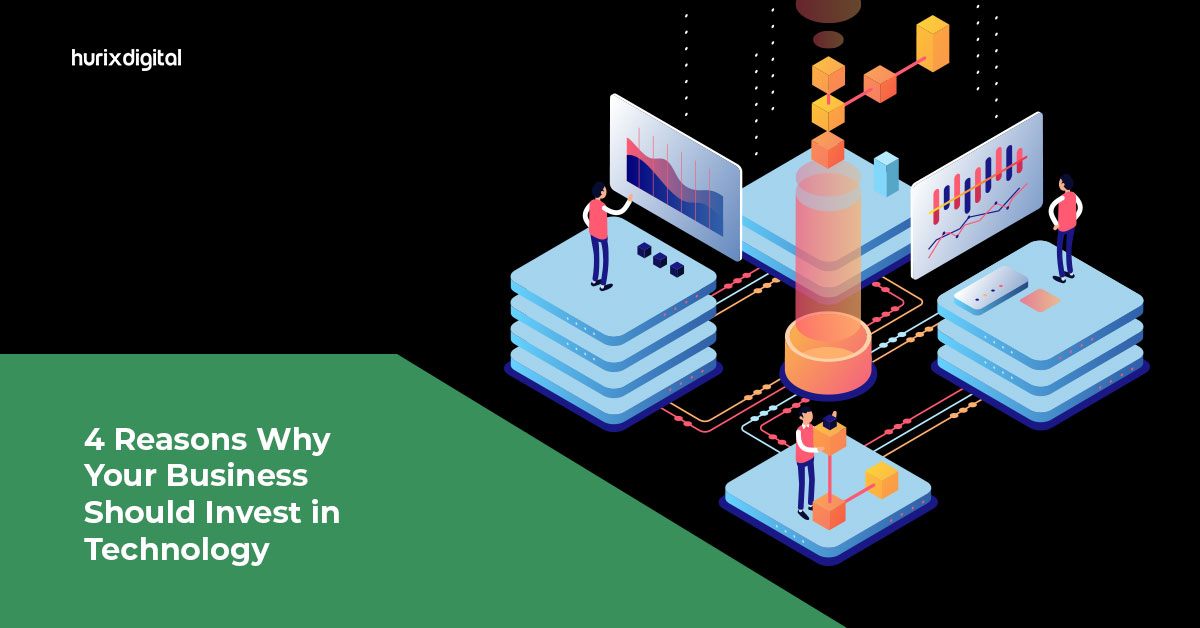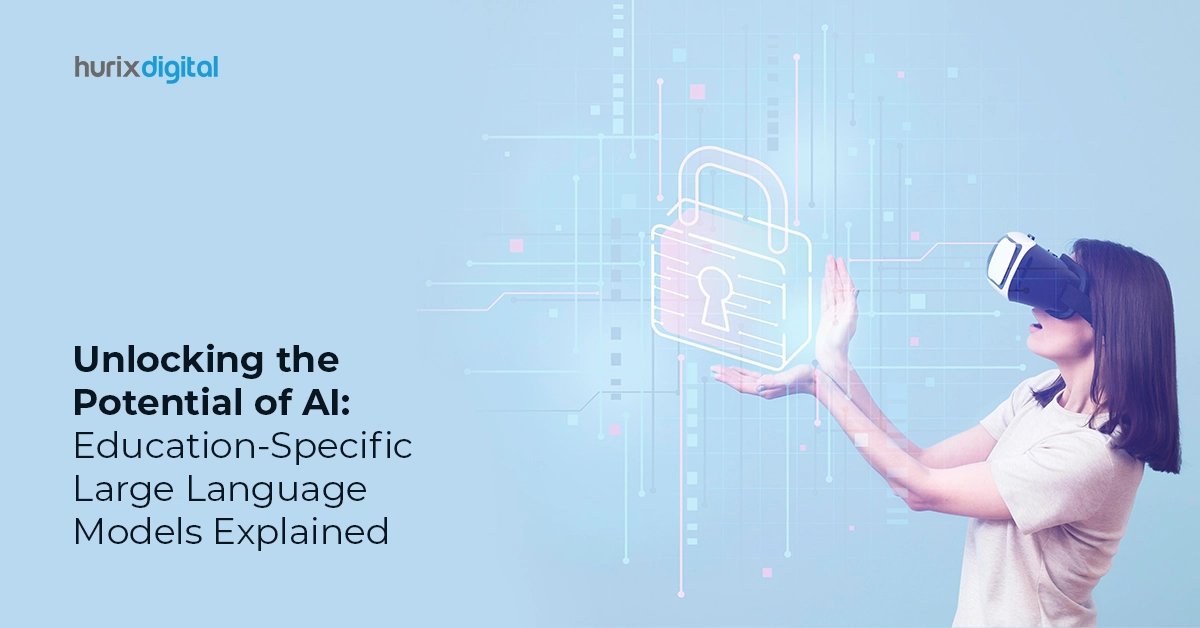
How to Successfully Implement Data Analytics in Education?
Summary
Explore strategies for effectively implementing data analytics in educational settings. This article provides practical tips for leveraging data to enhance teaching and learning.
In today’s world of big data, which has the potential to transform educational institutions, data is crucial for both administrative tasks and tracking student progress.
The global big data analytics in education market is predicted to reach $57.14 billion by 2030, at a CAGR of 15. This growth underscores the increasing importance and potential of big data analytics in shaping the future of education.
Table of Contents:
- Role of IT Managers and Directors in Successful Data Implementation
- Strategies for Integrating Big Data Analytics Solutions
-
- Understand Big Data Sources
- Use the Right Tools and Big Data Analytics Platforms
- Collaborate with Data Experts and IT Professionals
- Prioritize Data Security and Privacy
- Evaluate Physical Space Utilization
- Promote Continuous Assessment and Iterative Improvement
- Enhance Teaching Methods with Data Insights
- Promote Data Literacy
Understanding Big Data and its Role in Education
“Big data” refers to the vast amounts of information generated and collected daily. This data explosion is not limited to Excel spreadsheets and cannot be covered by manual record-keeping.
According to a report, the use of data analytics in education is going to get even bigger in the coming years. Institutions need big data analytics platforms and advanced big data analytics technology to leverage this data strategically using stringent programs.
Big Data in education includes:
- Student Data
- Course Data
- Instructor Data
- Classroom Facility Data
- Resource Allocation.
Implementing data analytics in education involves several crucial components:
- Data Collection using accurate and reliable data
- Establishing data governance policies to maintain data quality and security.
- Data integration, which combines information from different sources
- Collaborating with data analysts to ensure accuracy.
The Benefits of Big Data Analytics in Education
Implementing big data analytics in education offers the following benefits:
1. Personalizing Learning Experiences
One of the key advantages of implementing data analytics strategies to improve student learning is to personalize learning according to the needs of each student. This approach boosts engagement and helps students thrive in competitive environments.
2. Easy Access to Data
With data analytics tools, accessing data becomes streamlined. Big data analytics technology is used to store, manage, maintain, and organize information, which makes it easy for all stakeholders to retrieve the necessary data quickly.
3. Data-Driven Marketing
The marketing teams of various educational institutions use data analytics to create special campaigns that rely on:
- Student Segmentation: Segment students based on academic interests and geographic location.
- Personalized Content: Suggest programs that align with students’ interests and career goals.
- Campaign Performance Analysis: Evaluate the success of marketing campaigns in real time.
4. Data Analytics in Admissions
University admissions teams leverage data analytics in various ways:
- Predictive Modeling: Use historical data to predict a student’s success, considering test scores and extracurricular activities. According to a report in 2022, related to the global education industry, descriptive analytics accounts for 40% of the market share, and predictive analytics accounts for 30% of the market share.
- Application Screening: Speed up the application review process based on a set criterion, along with human evaluation.
- Diversity: Analyze demographic data to address biases in the admissions process.
- Application Feedback: Gather and analyze applicant feedback to improve the admissions process continuously.
5. Data Analytics in Scholarships
Data analytics enhances financial aid distribution:
- Need-Based Scholarships: This helps to assess financial needs based on family income.
- Merit-Based Scholarships: This helps to analyze performance in all fields to award merit-based scholarships.
- Scholarship Package Optimization: This helps to ensure each student receives appropriate financial support.
Also Read: Future Trends in Application Training for IT Professionals: What to Expect
Role of IT Managers and Directors in Successful Data Implementation
IT managers and directors make sure that the implementation of data analytics in education is smooth and effective. They not only ensure the adoption of appropriate data analytics tools but also oversee the integration of these technologies across educational systems.
Their roles include:
- Infrastructure and Tool Selection: Selecting sophisticated but user-friendly data analytics platforms that satisfy the requirements of the organization for data integration, collection, and analysis.
- Data Security and Governance: Creating guidelines and protocols, such as encryption, access limits, and adherence to data protection laws, to protect sensitive educational data.
- Cooperation with Stakeholders: Encouraging dialogue and cooperation between data analysts, administrators, teachers, and IT teams to guarantee adherence to learning objectives.
- Training and assistance: To improve users’ comprehension and application of data-driven insights, continuous training and assistance are provided to data analytics tool users.
- Monitoring and Evaluation: Constantly keeping an eye on the effectiveness and results of data analytics projects, and adjusting plans in response to input and analytical findings.
- Strategic Planning: Creating long-term strategies that are in line with institutional priorities and upcoming technology developments for the integration of data analytics in education.
Strategies for Integrating Big Data Analytics Solutions
Here are some of the integral big data analytics solutions and strategies to improve student learning:
1. Understand Big Data Sources
Finding and understanding the different data sources that are available to your organization is the first step. Important sources of information include demographic data, teacher evaluations, and attendance records.
It is imperative to ensure data accuracy for the following reasons:
- Conducting random checks of individual student performance to validate data.
- Standardizing data collection methods across the institution.
- Comparing qualitative feedback with quantitative data.
2. Use the Right Tools and Big Data Analytics Platforms
Choose the most user-friendly and comprehensive big data analytics platforms for the following benefits:
- Easy to learn for all stakeholders.
- Advanced enough to provide detailed analysis for expert users.
3. Collaborate with Data Experts and IT Professionals
Partner with big data analytics solutions and professionals to develop customized tools for data collection and analysis. This collaboration ensures the tracking of relevant metrics and smooth integration of data analytics into the curriculum.
4. Prioritize Data Security and Privacy
Implement robust security measures by:
- Using strong user authentication and encryption for all kinds of data.
- Implementing strict access controls and keeping software updated.
- Continuously monitoring for unauthorized activities.
- Educating users on security best practices.
5. Evaluate Physical Space Utilization
Optimize the use of physical space by analyzing data on:
- Classroom and resource usage.
- Student movement patterns.
- Course enrollment trends.
- Adjust class schedules and resources to improve efficiency and satisfaction.
6. Promote Continuous Assessment and Iterative Improvement
Continuously assess and improve your data analytics framework by:
- Validating data insights through practice.
- Collecting feedback.
- Using statistical methods to identify flaws in data collection and analysis.
7. Enhance Teaching Methods with Data Insights
Use data analytics to:
- Evaluate the effectiveness of teaching methods.
- Identify areas where students struggle.
- Adjust instructional approaches and content distribution based on data.
For example, if data reveals students are struggling with a concept, teachers can modify their approach or provide additional resources.
8. Promote Data Literacy
It is essential to train both students and faculty in data literacy. Educating them on how to interpret and use data effectively influences informed decision-making. This is effectively based on evidence and not on human intuition.
Also Read: Transforming Higher Education and Universities with AI and Data
Wrapping Up
Data science big data has a transformative impact on education. It is leading to a more technological and effective educational system. By strategically using big data analytics platforms, educational institutions are enhancing student success and performance.
Understanding big data learning and its role in education opens up several opportunities for educators and students. This has helped in creating a more adaptive and responsive learning environment, which further encourages innovation and student empowerment.
The professionals at Hurix Digital can help educators and business leaders implement actionable strategies and harness the power of informed decision-making using integral educational data.
Get in touch with us today!

Currently serving as the Vice President of Technology Delivery Operations at HurixDigital, a prominent global provider of digital content and technology solutions for publishers, corporations, and educational institutions. With over 16 years of experience spanning EdTech and various domains, I hold certification as a SCRUM Product Owner (CSPO). My expertise includes operations, finance, and adept people management skills.







